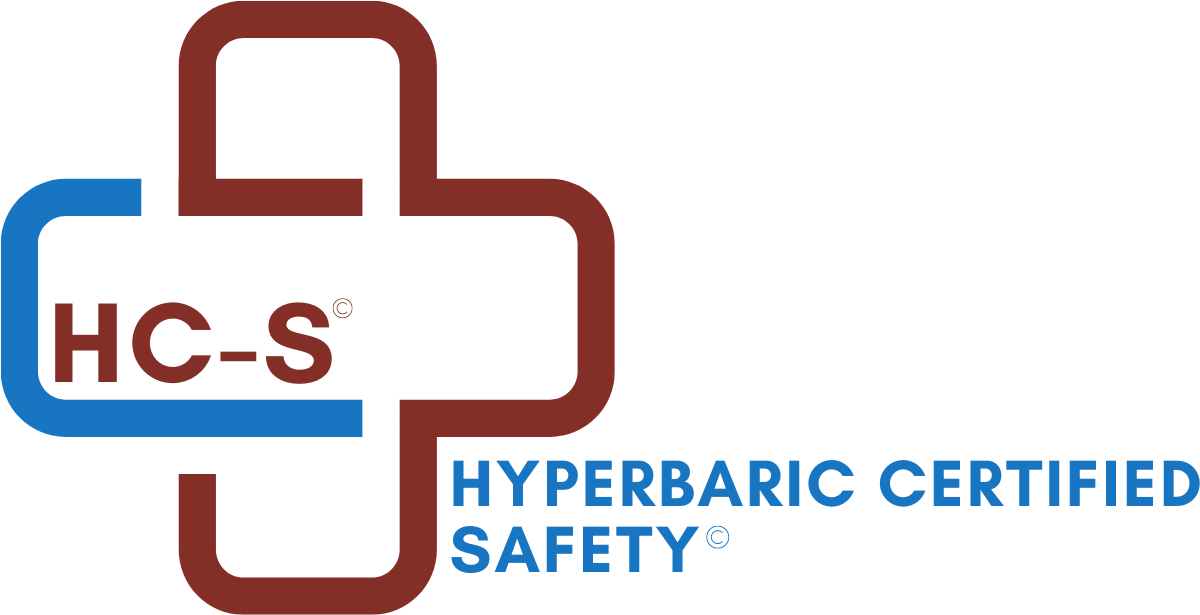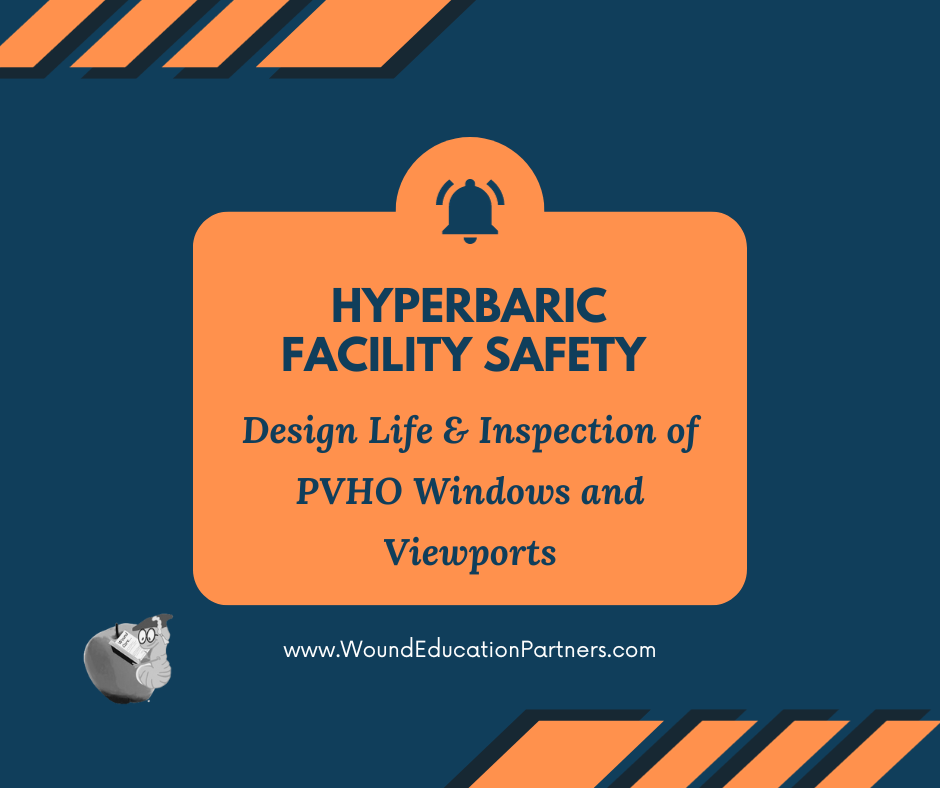Rx Pad
Design Life & Inspection of PVHO Windows and Viewports
Type of Acrylic Windows used in Hyperbaric Multiplace and Monoplace Chambers
In today’s clinical and diving hyperbaric chambers, acrylic windows with PVHO-1 defined standard geometries and design criteria are used.1 Acrylic window shapes vary with chamber type and the window requirement of the specific chamber type.
Multiplace chambers operate with a wide range of maximum allowable working pressures (MAWP) ratings, ranging from approximately 35 PSIG to 150 PSIG for clinical-based chambers. Chambers used for the support of commercial and military diving operations may operate at MAWP ranging from approximately 35 PSIG to over 1,000 PSIG.
Multiplace chambers generally use the following types of acrylic window geometries
- Flat disk windows
- Conical frustum windows
- Double-beveled disk windows
- Acrylic light pipes (ALPS)
Most monoplace and some smaller multiplace chambers use a large cylindrical window built for internal pressure with a MAWP of approximately 35 PSIG. Though the tubular acrylic structure utilized in these chamber designs may be the largest com- ponent of the chamber, under construction codes, the acrylic section is classified as a window. Some monoplace chambers that are constructed with a predominately metal hull utilize window geometries similar to those used in multiplace chambers.
Design Life for Acrylic Windows Used in Clinical Hyperbaric Chambers
Acrylic windows utilized in hyperbaric chambers have a limited lifespan. The lifespan of a given window is established by the designer and is influenced by multiple factors ranging from the window environment to pressure exposure. ASME PVHO standards establish specific lifespans and provide guidance for chamber operators who may wish to extend the service life of chamber windows. Operators of hyperbaric chambers must understand the life limitations of these windows.
We first must understand the difference between design life and service life as it pertains to acrylic windows.
Design Life
Cylindrical Windows for Internal Pressure and Flat Disc Windows
The design life of cylindrical windows for internal pressure applications and flat disc windows meeting the requirements of ASME PVHO-1 Standard is 10 years from the date of fabrication.
Service Life
The service life of windows in a PVHO operated in a protected service environment may be extended beyond the chronological or cyclical design life on the basis of visual inspections alone, carried out by a qualified maintenance inspector. However, no window may remain in service for more than 10 years beyond its design life (i.e. for a total of 20 years in operation) or for cylindrical window chambers, these may be operated for an additional 10,000 cycles maximum, prior to replacement.1 (Storage of the window in the fabricator’s crate for a maximum of 10 years does not contribute to its design or service life, as noted in PVHO-2.)
Under no circumstance shall a window found to be in need of repair be permitted further use without making the needed repair. Similarly, under no circumstance shall a window found to be nonrepairable be permitted to be used again. These limitations shall be strictly adhered to, regardless of how short the actual service duration and/or number of accumulated cycles may have been at the time of the subject inspection.
Inspection of PVHO Windows and Viewports
When the end user receives a hyperbaric chamber with PVHO windows, the inspection process starts at the time of installation and commissioning. There are three types of inspections that are required for the end user under ASME PVHO-2 in order to certify the safe operating condition of the pressure vessel and window.
1. Operational window inspection: This inspection must be completed as part of any pre-operational procedure. Operational inspections should be performed prior to pres- surization by the operators who have been trained in what to check for and whom to contact should a window fault or flaw be observed. Chambers that are pressurized sev- eral times daily need to be inspected only before the first pressurization on that day. This inspection, which does not require removal of the window from its mounting, is limited to the viewing faces. This inspection allows the end user to establish the safety and serviceability of the PVHO system.
2. Maintenance window inspection: This type of inspection is to be performed at periodic intervals by a qualified maintenance inspector. It is more comprehensive than opera- tional inspections and may possibly require removal of the window to satisfy the user or the agent that no hidden damage is present. Maintenance inspections should also be performed on windows in PVHOs that have been out of service for 18 months or longer, prior to putting the PVHO back into service.
3. Viewport seat and seal inspection: This type of inspection applies when (a) a window has been removed for maintenance inspection or repair, or (b) a new replacement window is being installed. At this time all related viewport components, seating surfaces, seals, etc. should be checked for conformance.
The visible surfaces shall be inspected in enough detail to detect all flaws of critical severity that require immediate removal of the window or PVHO from service. Inspec- tion for the presence of crazing, cracks, discoloration, blisters, scratches, and pits shall be made during the operational inspections.
Remember: Your window inspection form must reflect the inspection of all the fol- lowing: crazing; cracks; discoloration; blisters; scratches; and pits.
Excerpted with permission from the publisher. Source Reference Hyperbaric Facility Safety: A Practical Guide, Second Edition
Learn More About Hyperbaric Facility Safety with our 16-hour CEU Course! Find more details here.
When you subscribe to the blog, we will send you an e-mail when there are new updates on the site so you wouldn't miss them.



Comments 1
The cost of window replacement is significant, and one cannot ignore the financial component that impacts the recommendations for acrylic window replacement. In considering the pressurized service of the window, few acrylics approach the designed stress which was engineered into their manufacture. They are often maintained in temperature controlled environments. If the enginneering considerations were so hard and fast why doesn’t each chamber manufactured have a means to track pressurized hours. If the original 10 year, 10,000 cycles ( now extended to 20,000 cycles) was a hard stop then why have we ignored the 40,000 pressurized hours? Seems to me if you wanted to expand the field and ensure its integration into the medical mainstream we should better identify the conditions for acrylic change. Dr. George Hart used the first Sechrist mono-place well beyond its design life without incident. An independent assessment of acrylic life should be made so that those that derive income from the changes do not influence the standards.